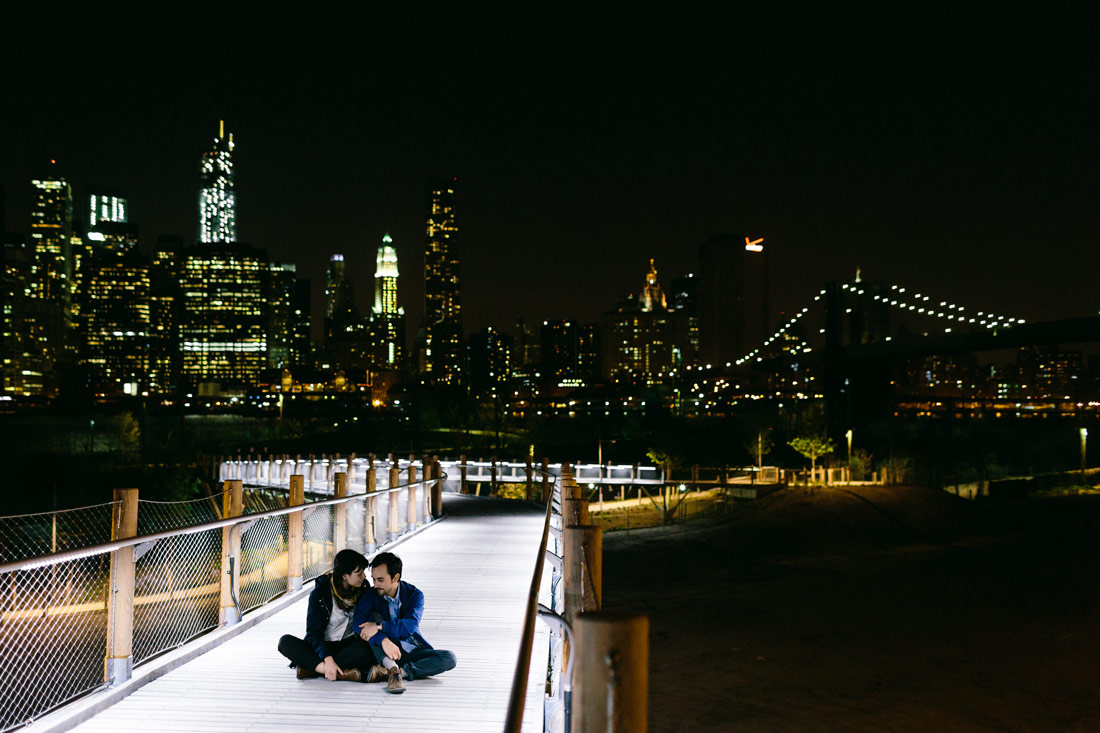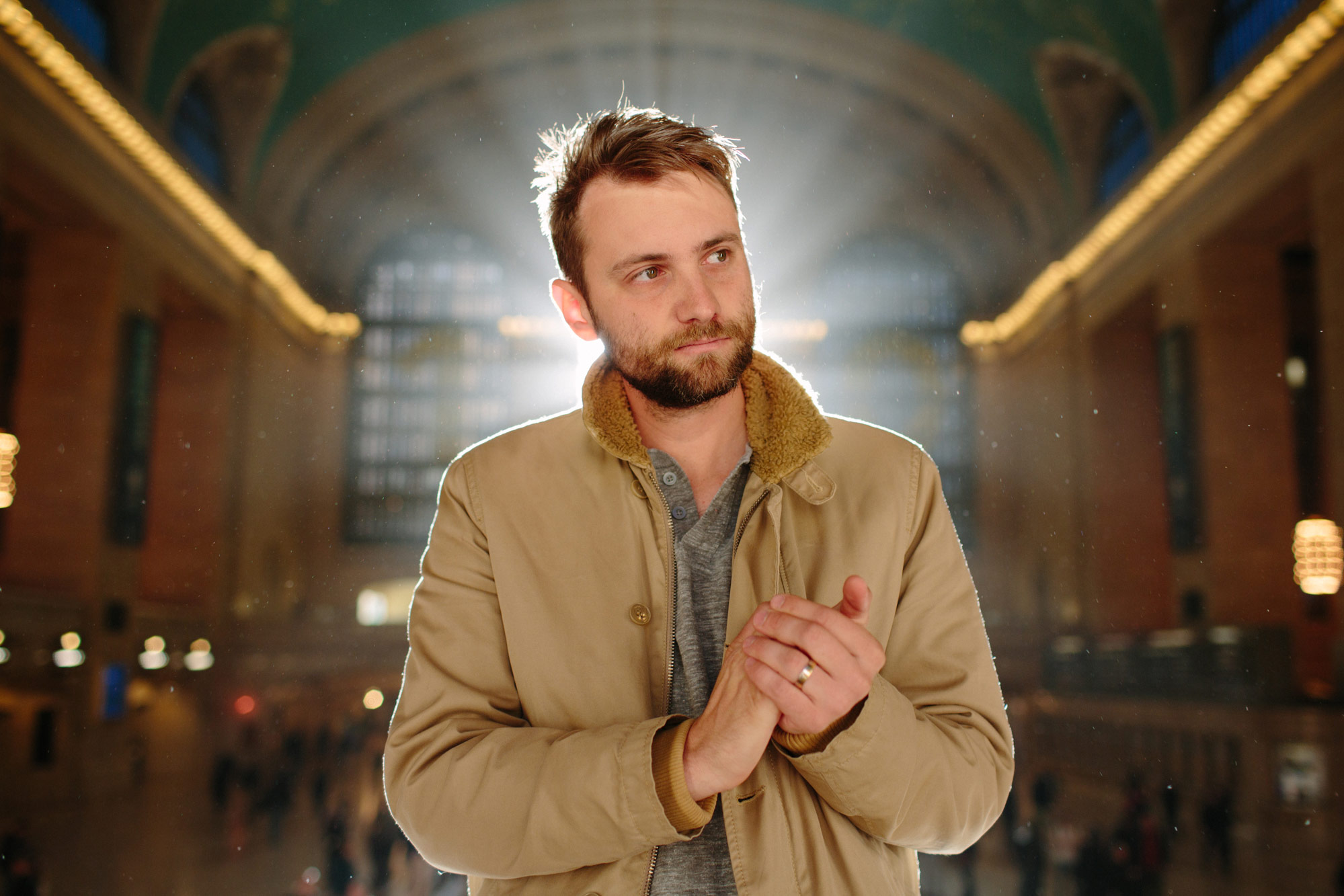
- Interview by Ryan & Tina Essmaker December 17, 2013
- Photo by Joshua Allen Harris
Chris Ozer
- photographer
After embracing photography in 2009, Chris is now a full-time freelance photographer. His work has been featured by the International Center of Photography in collaboration with the Museum of the City of New York, and showcased on many influential websites and blogs. Chris lives in Brooklyn, New York, with his wife and two sons.
Interview
Describe your path to becoming a photographer.
I’ve always been interested in having a creative career, but I was a bit of a late bloomer because my parents didn’t push me to study any particular thing.
My path to photography took an atypical route. For about 12 years, starting in high school, music was my life. I got really into jazz piano and studied it pretty seriously. Once I got to college at the University of North Carolina in Greensboro, I practiced about eight hours a day and almost majored in music, but I ended up studying English instead. However, I thought I might want to teach or play music professionally later on, so I decided to get my Master’s in music at Indiana University, which was a good and bad decision. Even though I invested a lot into it and am not playing now, I don’t regret it. I feel like I had to go that route to end up here. Sometimes when you do something completely unexpected, it ends up resulting in the best possible outcome for you.
I moved to New York City in 2008, even though I didn’t really want to—my wife dragged me here, kicking and screaming. My wife had wanted to move here since she was in high school, but I was afraid of it. I grew up in a small college town in North Carolina called Chapel Hill. New York is scary when you’re used to a place like that, not to mention how intimidating it is in terms of making a living. My wife got a job here, so I said, “Alright, we’ll give it a try.” Within a week, I started to figure it out. There are still hardships, but I’m totally in love with it now, and I want to be here for as long as I can.
Tina: There are hardships, but there are also a lot of opportunities and amazing things, and that makes you want to stick it out.
Did you ever read that Onion article, “8.4 Million New Yorkers Suddenly Realize New York City A Horrible Place To Live”?
Tina: Yes, I did see that! (laughing)
What’s the first thing that happens when you move to New York? You look at Craigslist, and it’s completely overwhelming. Then, when you go look at a place, your jaw drops because you can’t believe how little space you get for how expensive the rent is. There is that dichotomy of, “What the fuck am I doing?” and, “This is the most amazing place in the world!”
Tina: Did you work as a musician when you first moved here?
No, I had worked as a musician in Indiana before my wife and I moved to New York, but I was burnt-out. I made a little money playing weddings, cocktail parties, and bars; other times I’d play for free, and sometimes I’d get $30 for a couple hours. But in order to piece together a career, most musicians have to teach or wait tables on the side, and I just got sick of it. Photography is very competitive, but jazz piano has even more of a minuscule career prospect.
After I had struggled to piece together a music career, I was ready to have a desk job. I wanted something stable that would allow me to come home at 6pm, enjoy my downtime, and know that I would get a consistent paycheck. I had experience working at schools, so I applied for an administrative job doing admissions for the art school at NYU. Later on, I fell into a marketing job there, which is how I learned about branding, writing copy, design, and photography. Right around the time I started doing that stuff, I got into photography as a hobby by taking photos with my iPhone.
When I look back on it now, I realize that a big reason I am where I am today is because of how music, branding, and marketing all coalesced. I don’t think I would have ended up here if I had started earlier. When I dove into photography in May 2013, I didn’t know what would happen. I was as unsure as anyone would be about giving up a salary and benefits, but it has gone really well so far.
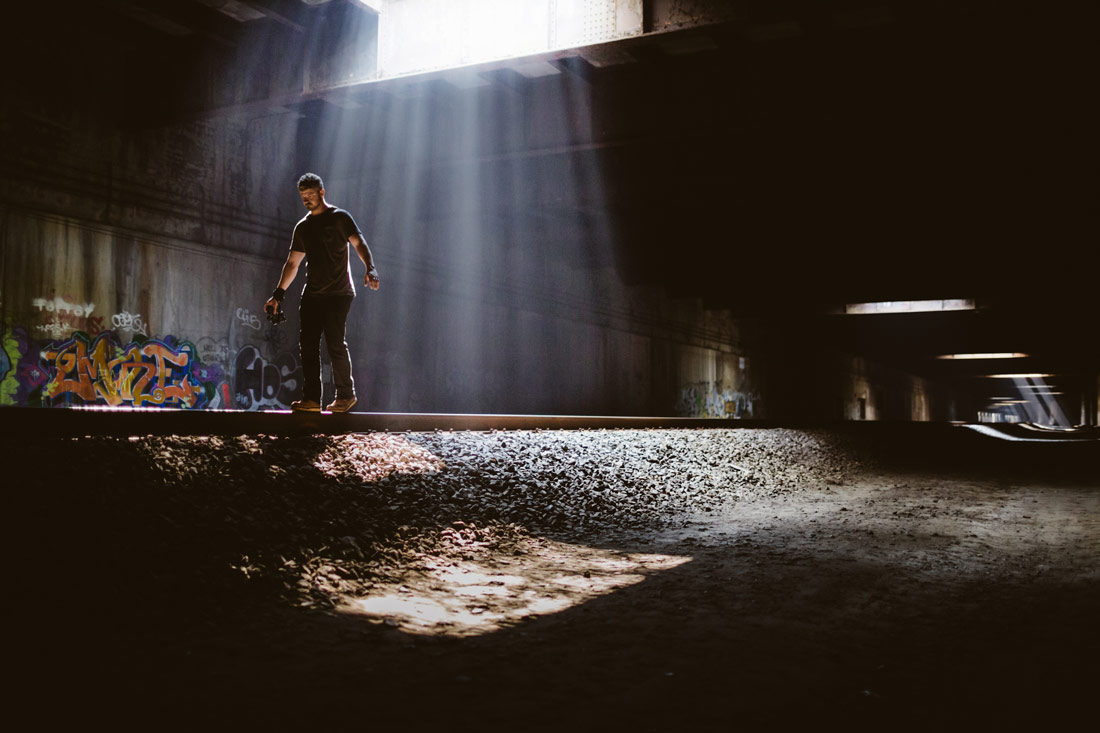
“The artists who stand out to me the most…are the ones who make a career by pushing past creative plateaus, no matter what.”
Ryan: When I first came across your work, it kept coming up on Tumblr, and people were crazy about it. Did Instagram take off for you after that?
Instagram actually came first. I bought my first DSLR camera shortly after I started getting more serious about taking photos—before Instagram—even though I was actually more serious about the iPhone photos. It was through my own interest and the encouragement of my friends that I started my Tumblr. I wanted a space that was more largely dedicated to my DSLR and film photos.
Was there an “aha” moment when you realized that photography was what you wanted to do?
Yeah, there was. A good friend of mine, Mo—whose real name is Michael O’Neal—is an awesome photographer, and he’s been a big mentor for me. He lives in San Francisco, but he travels to New York a lot. We first met because we followed each other on Instagram and he reached out to me during one of his trips to New York; he asked if I wanted to go shoot photos with him, and we kept in touch afterwards. We hung out again about a year later, and he asked me if photography was something I was interested in professionally, but I told him it was just a hobby. At the time, I couldn’t imagine ever doing it as a career. I didn’t think I could make money, and even if I did, I didn’t know what I would want to photograph. A lot of what I saw photographers doing for money was shooting weddings, but I thought it would be too competitive. I decided that if my heart wasn’t in it, then I wasn’t even going to try, so I wrote it off.
Mo did a lot of commercial work and would talk to me about it. He didn’t come out and say, “You should work as a commercial photographer,” but he gently suggested it. I trusted him because he’s experienced and he’s just a good, trustworthy person in general. This past winter, he and I were walking around Union Square, talking about taking portraits and how it was something I was trying to work on more. He started describing what professional portrait photographers do, but I was getting down on myself, saying, “Oh, I can’t do that; I’m not good at it.” But Mo encouraged me and told me the same thing he said when I first started shooting more with my DSLR: “You can do it. Just try.” I was feeling kind of down about my job at NYU, and that conversation sparked the idea that I could leave my desk job and try something new. That was the moment.
Have you had any other mentors along the way?
Yeah, I have. I’ve had music teachers throughout my life who were big inspirations. I’ve had people who have pushed me to not rest on my laurels, who have encouraged me to keep trying new things and get past my creative plateaus. In any creative field, the learning curve is steep at first, but then you accelerate and see a lot of growth. You can easily see the work you’re putting into something as well as the results you’re getting out, but then you start feeling like you’re doing the same thing over and over without going anywhere—you plateau. And the longer you do that, the bigger the plateaus get. The artists who stand out to me the most—people like Miles Davis and Richard Avedon—are the ones who make a career by pushing past creative plateaus, no matter what.
When I was younger, my jazz piano teacher, Ed Paolantonio, talked about this concept a lot and it has stuck with me ever since. With photography, I’m trying not to get stuck in one of those plateaus that makes me want to leave entirely and move on to something new, because I think photography is something I want to do for the rest of my life.
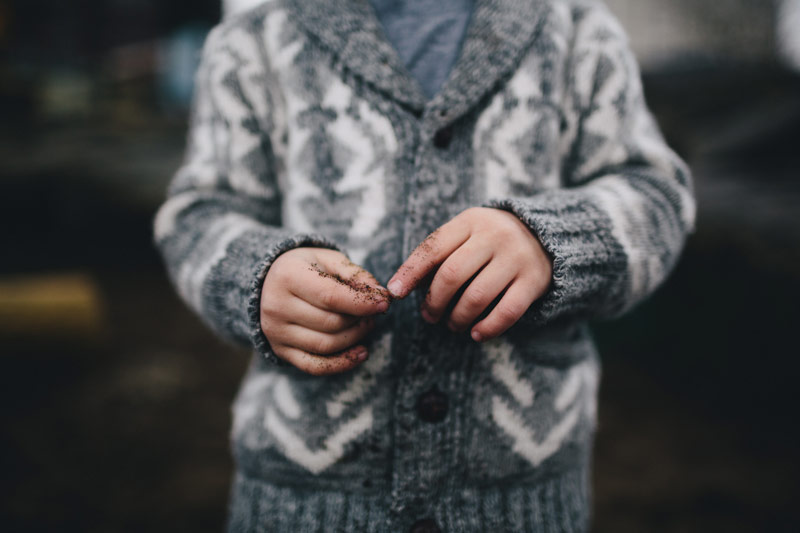
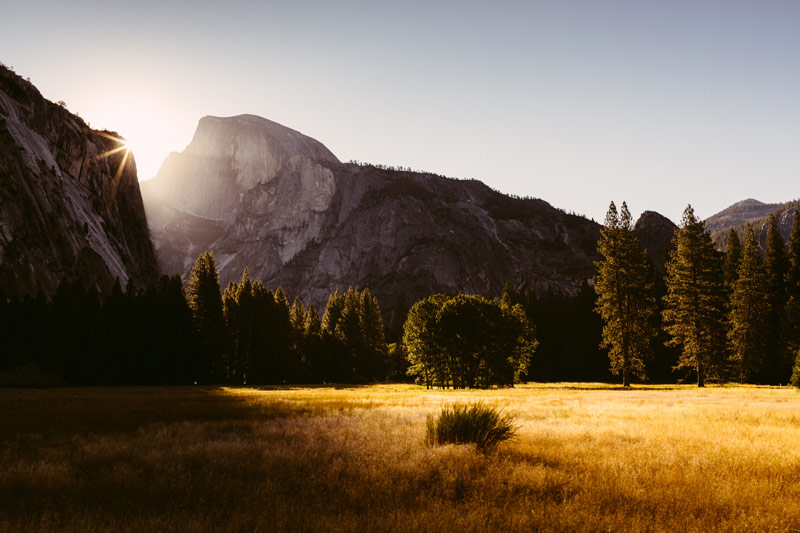
Tina: You mentioned leaving your day job to pursue photography full-time. Where there are other risks you took along the way?
Leaving my day job was the biggest risk I’ve taken. I have a wife and two kids, so giving up employer-subsidized health insurance, a retirement plan, and a paid vacation was not easy to do. I didn’t totally know what I would be doing to make money. I had had a few photography-related jobs on the side while I was at NYU, so I thought I might be doing more of that. In a way, I was trading in my day job for the same kind of lifestyle I had when I was trying to be a professional musician. Music didn’t work out, but now I was choosing to go back to that lifestyle, but with photography instead of music. I thought, “Am I really doing this again?” But there were opportunities I would have had to turn down if I didn’t go through with it, and I hated that idea. I decided that if I just tried it, I could at least experience some of those opportunities and then go back to something else later if that risk didn’t work out.
Tina: Did you have clients already, or did you start lining up work after you quit your job?
Financially, I had enough to get me through a couple months, maybe three, but I wasn’t super comfortable with it. I thought that if I could keep booking enough jobs on a three-month cycle, then I’d be fine. I sat down to look at what my salary had been, and I knew that I had to hustle and figure out how to bring that much in.
Tina: It’s interesting to hear that some people have quit their jobs with nothing lined up, and others have had a couple months of work lined up.
I had offers for jobs while I was at NYU, and I kept asking for more and more vacation time. I thought, “This is a sign. If I run out of vacation time, I won’t be able to take these photography jobs.”
I was just in Rwanda for two weeks shooting for TOMS, and there’s no way I would have done anything like that if I had stayed at NYU. You don’t know when those opportunities are going to come around, and I couldn’t pass that up—life’s too short for that.
Ryan: It sounds like your wife has been pretty supportive.
She totally has. If she hadn’t been, I don’t think I would have done it. She was actually more confident than I was. She’s raising kids with me, so she understands the risks involved, and that it’s a process. I’ve had a really busy few months, but now I have some time to catch my breath, so I’m trying to figure out how to ramp up and keep the work coming in. She’s supportive through everything, and we talk all the time. I’m pretty closed off about stuff that’s bothering me—I tend to not talk about it—but she’s really good at drawing it out of me, which helps me figure out how to get out of whatever rut I’m in.
My wife has been a big inspiration for me, too, because she owns her own business and has had to figure out all of this stuff for herself. She’s a mentor for me because she’s successfully running her own business just like me, but in a different field. It’s inspiring and rewarding to be an entrepreneur and make your own career out of nothing.
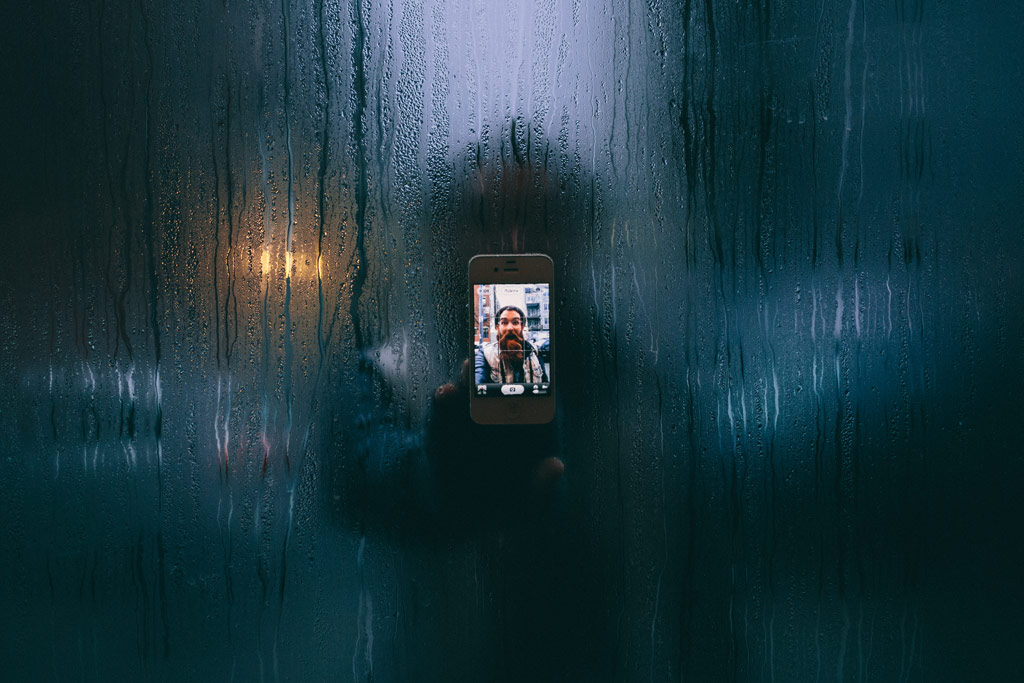
“People who are only comfortable in one medium end up getting too comfortable…I feel lucky to be where I am now, but I also know that when something else does come along, I had better be able to adapt to it or I’ll be left out in the cold.”
Tina: Have your other family and friends been supportive of what you do?
Yeah, but I don’t think they know what the hell is going on. (laughing) It’s hard for it to be tangible for them. Understanding a career in photography is one thing—but then there are things like Instagram and social media advertising, and my family is just now catching on to what those things even are.
It’s so much easier for people to understand your job when you have a title, work specific hours every day, and go to a physical location. It’s crazy because the Internet hasn’t been around for that long at all, and there are all these industries spinning out of it. The way I think about it is, you can either adapt or die. If that’s where the industry is going, then you have to find out how to get work there. People who are only comfortable in one medium end up getting too comfortable, which is what we see happening in advertising. I feel lucky to be where I am now, but I also know that when something else does come along, I had better be able to adapt to it or I’ll be left out in the cold.
Do you feel a responsibility to contribute to something bigger than yourself?
I do, but I don’t really think about it in grand terms. In terms of photography, I try to have authenticity in my photos. What that means to me is the emotional content of an image: what emotion am I capturing, what emotion does it inspires in a viewer, and how does it relate to the time and place it was taken? I try to stay true to that because when I look at great images from 40 or 50 years ago, it’s the emotional content that translates across generations—not the composition, colors, or framing. All of that is important visually, but we’re human beings who relate to emotion. Part of great storytelling, whether it’s a 500-year-old piece of music, a film, or whatever, is about the emotion that it inspires in people. That is the greater part of photography, but it’s easier said than done.
Are you creatively satisfied?
Any satisfaction I get creatively is always very short-lived. I get a bit of a high when I feel like I’ve succeeded at something, which is great because it’s what keeps me going creatively, but it’s always about moving forward to the next thing. I still like the photos I’ve taken in the past, but they lose relevance to me in terms of how I’m progressing as a creative person. I don’t think I would ever want to be fully satisfied; if I was, I might get stuck on one of those creative plateaus I talked about earlier.
Is there anything you’re interested in doing in the next 5 to 10 years that you’re not doing now?
I’m definitely interested in being a better storyteller, not only through photography, but also through video. It’s important in the industry I’m in professionally, but also in terms of understanding the still image. Video is like photography but in three dimensions. You have the image, you have movement, and then you have sound. I don’t want to be a director or do feature films because that’s not what I’m interested in, but I do want to be able to capture the same type of emotion in video that I like to capture in my photos. Hopefully that’s something I’ll continue to get better at.
Tina: Are you doing anything with film right now?
I’m doing little bits of video. It’s good, because the fears I’m having about getting into video now are the same fears I had when I first got into photography. That’s what you need, right? You need to be afraid of what you’re trying: if you’re not, then it means that it’s too easy and you’re not progressing.
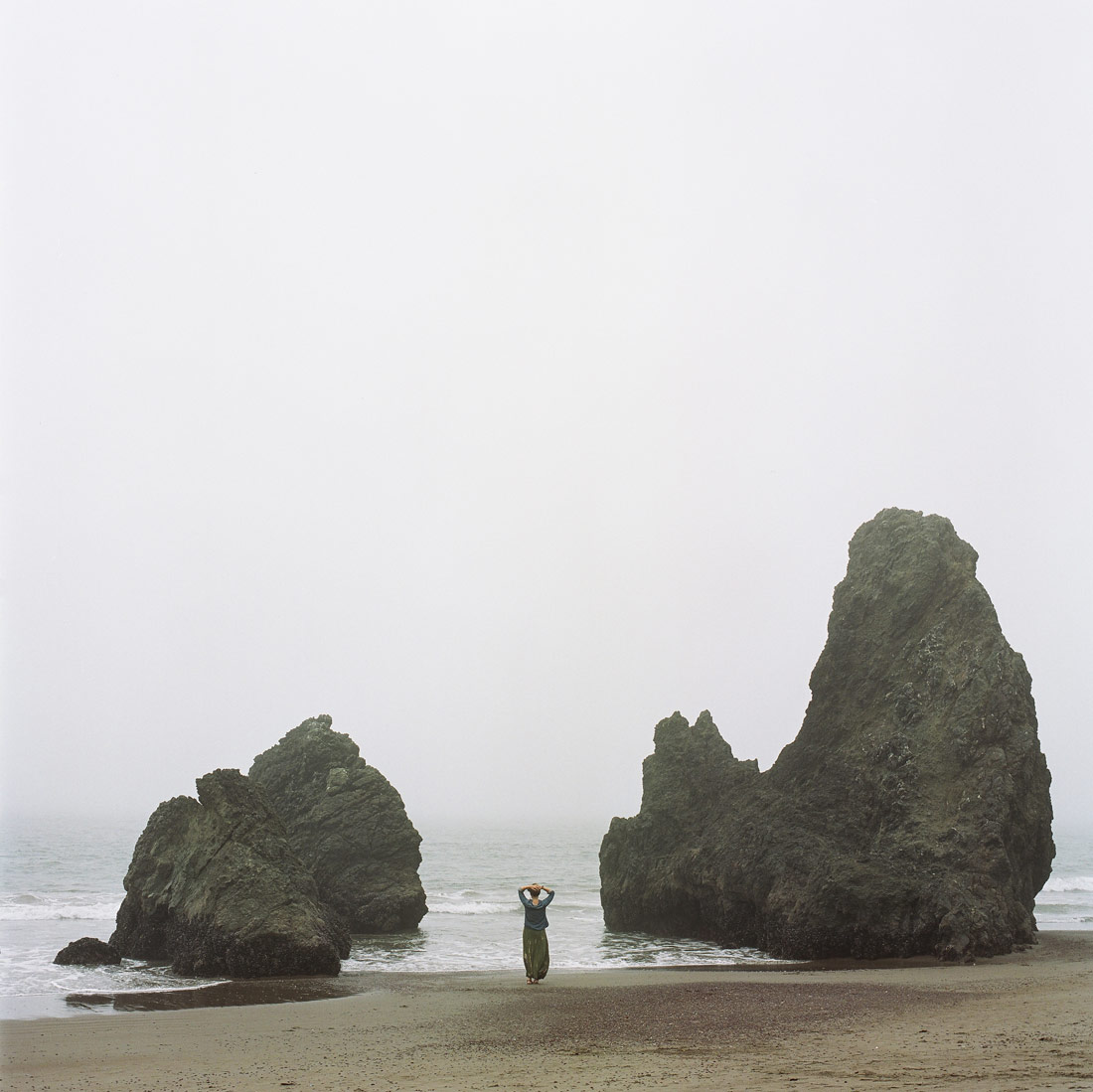
Ryan: If you could give advice to someone just starting out in photography, what would it be?
I think it goes back to what we were talking about before. There are all the technical aspects of photography—composition, light, framing, aperture, shutter speed, etc.—with both the camera and the image that are really important to nail down. But images that get all the technique down without having an emotional element are missing a really big piece of what makes a great photo. There are a lot of photographers who don’t quite get that. I don’t know how you would teach that exactly, but it comes from being authentic and shooting real moments: things that are actually happening. If you’re doing posed photography, documentary photography, shooting in a studio, or street photography, you need to get those real moments, whether they’re planned out or just happening. I don’t know what it is—it’s hard to put my finger on it—but I can tell when the emotion is missing.
Tina: Most people have access to a camera on their phones now, so it’s really easy for anyone to take photos. What would you tell people who are worried about their “style” when they’re just starting out?
Branding is really important for any business or person in the creative industry. Whether you’re a photographer, musician, or whatever, you need to have a brand. However, you can’t be so one-sided that you’re not growing, evolving, or trying new things. You have to find the grey area where you’re continuing to evolve, but staying true to your style. It is important to find something that sets you apart, but you need to try lots of things to find out what you’re good at. If you try studio photography and you hate it, then don’t brand yourself as a studio photographer; if you try street photography and really love it, then keep doing more of that, because that love will come out in your work.
I know what I’m good at, and I know what I love to do. I know that some of that gets boring after a while, though, and I don’t want to get stuck. When people think about a photographer like Richard Avedon, they don’t think about his landscapes. They think about his portraits on a white backdrop, which is what he did really well and what he did throughout his career. You have to go back to what you’re good at.
The photographers I like have an energy to their photos. It could be a still-life, landscape, or a portrait, but if you had somebody else take the exact same photo, that same energy might be missing. I like to think that the energy is coming from the photographer: it’s a fire and a passion they have within for the subject they’re shooting. If that’s missing in the person, then it’s going to be missing from the image as well.
I see it in the people I meet, too. Photographers I’m friends with and really admire have an energy in their personality and in the way they talk about photography and life in general, and that comes through in their images.
Where do you live and does it inspire you creatively?
I live in Brooklyn, in a neighborhood called Gowanus. It’s a nice, up-and-coming place, but it’s getting a little trendy—I’m kind of worried. (laughing) But it’s a great community, and I feel like it’s a part of who I am. It’s the type of neighborhood that my wife and I have always wanted to live in, and we’re happy with where we’re at right now.
New York at large inspires my creativity. The city has an energy and feel to it that is hard to describe, but so exciting. You can see it when you go somewhere else and the energy is missing. That’s what keeps me going: being around so many creative people and so many different cultures. You can experience these little pockets with different types of human beings, and I think that’s really exciting. This is a completely human-built community that is both very unnatural and natural: we wouldn’t have built it if it wasn’t in our blood to do so.
Is it important for you to be apart of a creative community of people?
Yes! That’s what keeps me going through good times and bad. Communication with people like that is really important. Lately, I’ve had a lot of conversations about where our industry is going and how to keep progressing, because we all worry about that. If you don’t have people like that in your life, it’s easy to get lost.
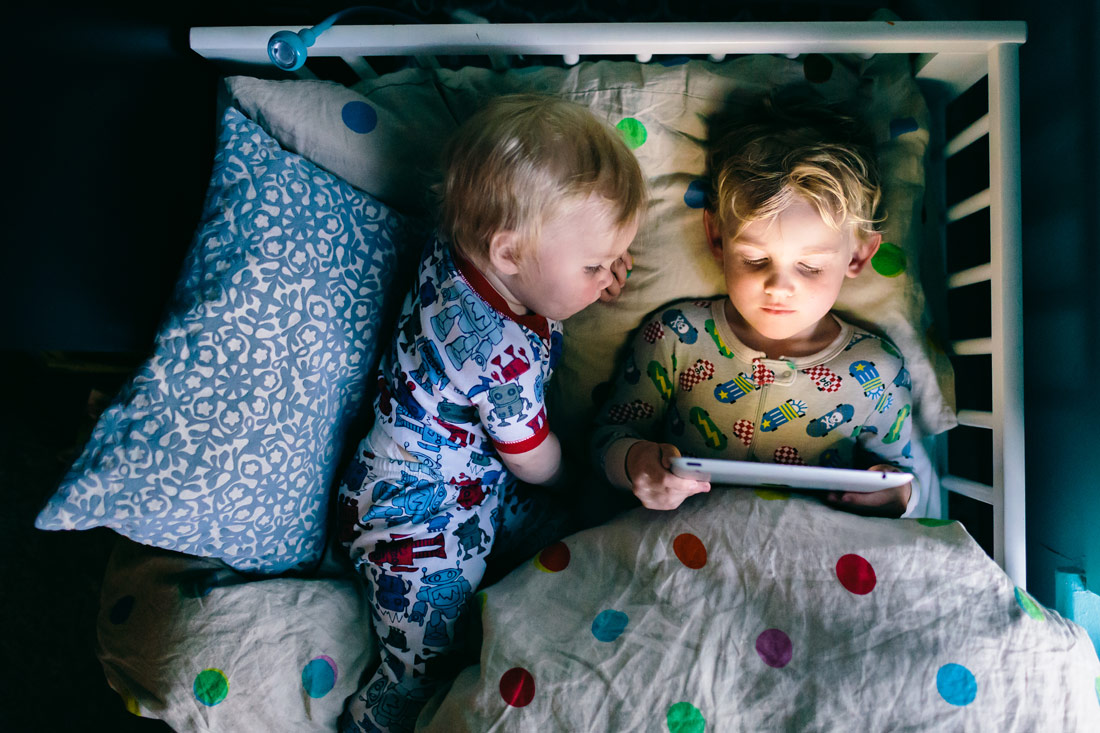
“…the fears I’m having about getting into video now are the same fears I had when I first got into photography…You need to be afraid of what you’re trying: if you’re not, then it means that it’s too easy and you’re not progressing.”
What does a typical day look like for you?
If I’m shooting, I’m usually traveling somewhere. The day before a shoot, I get all my gear together, clear all my memory cards, charge my batteries, and stuff like that. Every job is completely different, so once I get to whatever city the shoot is in, I plan what I’ll be doing based on how long I’ll be there. Then, for however long the assignment is—three days, two weeks, whatever—it’s all about the shoot.
If I’m not shooting, I’m at home in Brooklyn being a dad. I get up, get my kids ready for the day, and get them to school. After that, it’s emails, phone calls, and meetings. I’ll help my wife with her business, and then I’m usually done at a normal hour so I can be with the kids, make them dinner, read them stories, and get them to bed. Then I do more work after that. My wife and I work a lot—too much. I like that freelance lifestyle, though.
What music are you listening to right now?
Well, because I was a jazz musician, I always listen to a lot of jazz. At the moment, I’m listening to a lot of Sonny Rollins, who is a big inspiration for me.
Beyond that, I rely on my wife a lot. It’s not like she’s super cutting-edge with that stuff, but she knows about a lot of newer music. She’ll show something to me, I’ll get really into it, and then I’ll listen to it to the point of being totally sick of it. When the most recent Bon Iver album came out, she turned me onto that; after that, it was the new Vampire Weekend album. My wife is always finding new stuff, but I’ve never been like that. I just listen to the same thing over and over until I ruin it for myself. (laughing)
Do you have any favorite movies or TV shows?
I don’t want to be one of those people who says they don’t watch TV as though I’m better than that, because I’m not. (laughing) Lately, I’ve been so distracted by photography and the Internet that I don’t know if I have a favorite TV show. I do love movies though—my favorite is Drive.
Any favorite books?
I spend a lot of time looking at photo books. One of my favorites is Vivian Maier: Street Photographer, which is really incredible. There’s also a book that combines my love of jazz and photography: The Jazz Loft Project: Photographs and Tapes of W. Eugene Smith from 821 Sixth Avenue by Sam Stephenson. I’m really into the work of Saul Leiter lately and have been poring over his photos in his book.
I read a lot of long-form journalism, like the New Yorker and Vanity Fair. I’m better with really well-written thoughtful pieces that I can see the end of. (laughing) With books, I’ll usually start reading them, but then I don’t finish.
Your favorite food?
An everything bagel with cream cheese. One of my favorite places is Brownstone Bagel, right on the corner near my apartment. It’s kind of like any other New York bagel shop, but it’s really good and convenient. (laughing)
What kind of legacy do you hope to leave?
That’s hard because it assumes that I would leave a legacy, which I would never want to assume.
I would want somebody to look at my photos and be emotionally inspired in some way. The photos that have an impact on me are the ones that, within less than a second of viewing, suck me into the emotion and the story being told. There’s a whole range of human emotions—happiness, sadness, excitement, anger, jealousy, resentment, and everything in between—and I want to be able to capture as many of those as I can. If I could capture even one-tenth of the range of human emotions over my career, then I would be happy—I don’t think I could ever even come close to that, but I’m fully committed to trying. Behind the fake smile you get when you pick up the camera to take someone’s picture lies a real, honest human emotion, and it’s my job to create an image out of that moment, however brief it may be.
“Behind the fake smile you get when you pick up the camera to take someone’s picture lies a real, honest human emotion, and it’s my job to create an image out of that moment…”
